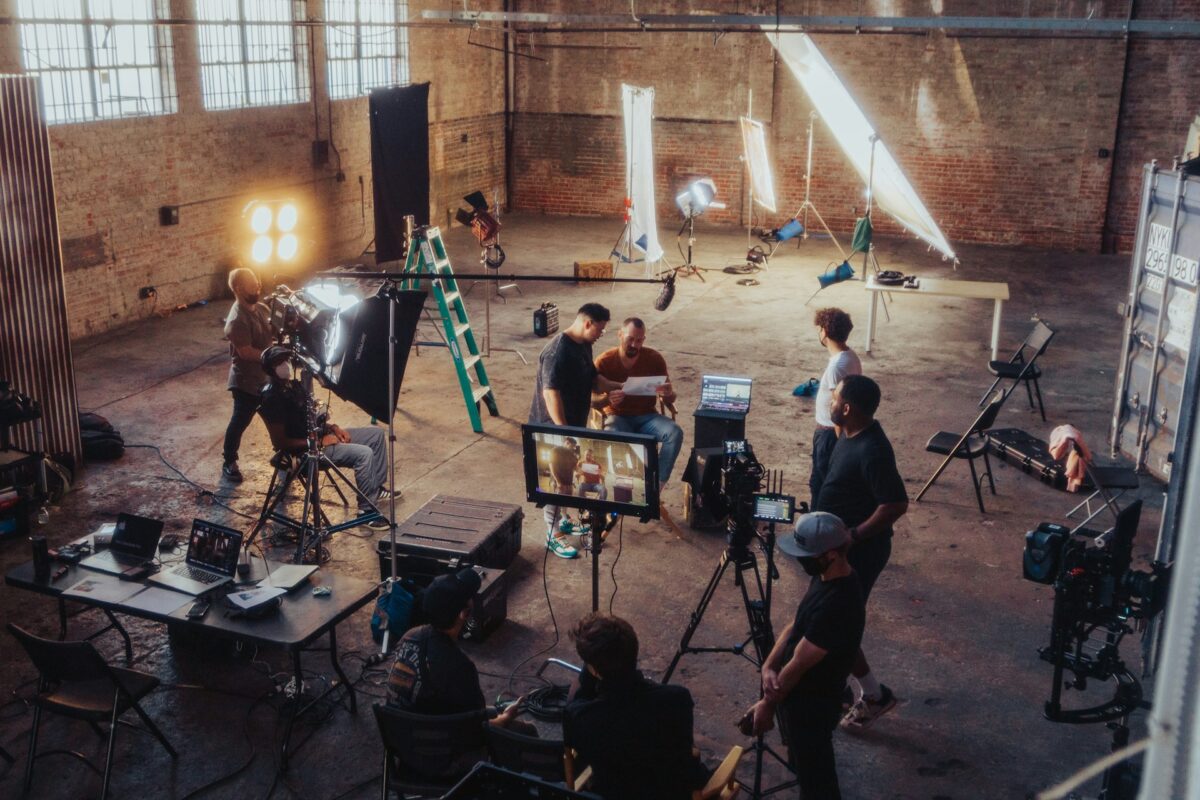Creating a commercial is an exciting endeavor that involves a combination of creativity, technical know-how, and effective planning. Whether you’re a budding filmmaker or a business owner looking to promote your product or service, understanding the process from script to screen is crucial. In this beginner’s guide, we’ll walk you through the key steps involved in shooting a commercial that captivates your audience and delivers your message effectively.
1. Crafting the Script
The foundation of any successful commercial lies in a well-crafted script. Begin by clearly defining your message and target audience. Consider the tone, style, and duration of your commercial. Keep it concise and engaging, focusing on the key features or benefits of your product or service. Remember, a compelling script sets the stage for a visually impactful commercial.
2. Pre-production Planning
Once your script is finalized, it’s time to plan the logistics of your shoot. Develop a production timeline, outlining key milestones such as casting, location scouting, and equipment rental. Create a shot list and storyboard to visualize each scene. This pre-production phase ensures a smoother shoot and minimizes unexpected challenges on set.
3. Casting and Rehearsals
Selecting the right talent is crucial to bring your commercial to life. Whether using professional actors or your own team, ensure they align with your brand and effectively convey your message. Conduct rehearsals to iron out any performance issues and familiarize the cast with their roles. A well-rehearsed cast contributes to a more natural and authentic on-screen presence.
4. Location Scouting
Choose locations that complement your script and enhance the visual appeal of your commercial. Consider factors such as lighting, background, and accessibility. Visit potential locations beforehand to identify any challenges and plan accordingly. A well-chosen location not only adds depth to your commercial but also saves time during the shoot.
5. Equipment and Crew
Invest in quality equipment and assemble a skilled crew to ensure professional production values. Cameras, lighting, and sound equipment are essential components of a successful shoot. A dedicated director, cinematographer, and production team contribute to a seamless production process. Collaborate with your crew to ensure everyone is on the same page regarding the creative vision and technical requirements.
6. On-set Protocol
Maintain a positive and efficient atmosphere on set by establishing clear communication channels. Encourage collaboration among the crew and cast, fostering a creative environment. Be adaptable and ready to make adjustments as needed. Having a well-prepared team and a contingency plan in place will help overcome unexpected challenges.
7. Post-production Magic
After wrapping up the shoot, the real magic happens in post-production. Editing, sound design, and visual effects come together to create a polished final product. Pay attention to pacing, transitions, and color grading to enhance the overall cinematic experience. Keep your target audience in mind as you make editing decisions to ensure your commercial resonates with them.
Conclusion
Shooting a commercial involves a careful balance of creativity, organization, and technical expertise. From crafting a compelling script to bringing it to life on screen, each step is integral to the success of your project. By following this beginner’s guide, you’ll be well-equipped to navigate the intricacies of the commercial production process, creating a visually stunning and impactful advertisement that effectively communicates your message to your audience.
